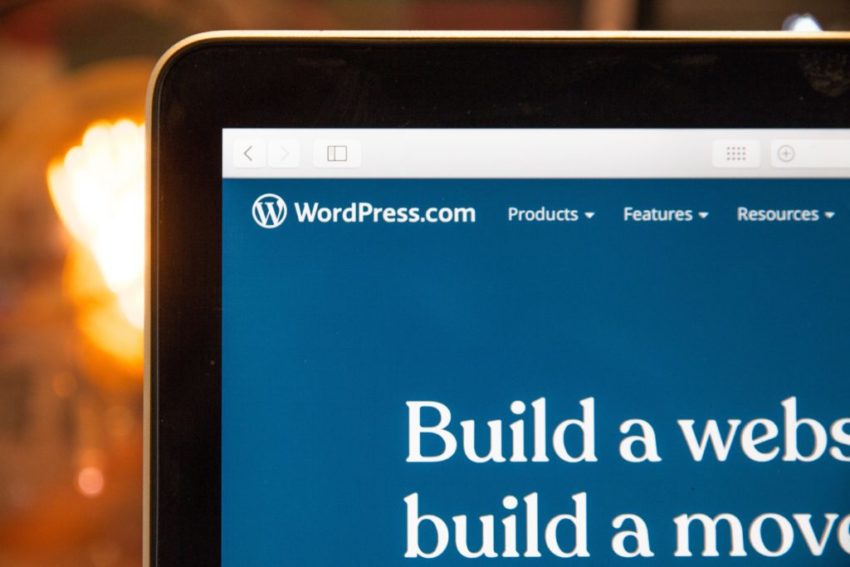In a vast, multi-faceted landscape of Internet-based services and solutions, WordPress stands out as a unique platform aiming to empower every individual and small business to be able to create their own website. WordPress is one of the best website building platforms available, empowering individuals and businesses alike to create a website with a great aesthetic appeal and mobile-responsiveness features. And owing to its user-friendly interface and famous 5-minutes installation, WordPress has grown rapidly over the years, powering well over 33% of the top 100 million websites across the entire world!
However, realizing a website dream with WordPress isn’t easy for individuals with no to minimal knowledge of internet terminology, web design, or website development; here’s our beginner’s guide on how to create a website with WordPress?
1. Choose Web Hosting
Your first step in creating a website is to select a web host and register a domain name. A web host is a company that gives the necessary hardware and service to allow you to host a website. Once you choose your company, you must register your domain name. Once your web host has your domain name registered, you should configure your account. You can also contact their support and ask them to set up and integrate your domain with your hosting account.
2. Install WordPress Via cPanel
Once you have your account finalized and a domain name registered, the next step is to install WordPress. To do so, you need to use your hosting’s cPanel. Simply navigate to your account’s cPanel settings, look for Softaculous, and search for WordPress. Simply highlight the WordPress icon, scroll down a bit, enter your domain name, and click install. It usually takes 3-5 minutes for the install process to complete depending on your hosting company’s server performance. Once the installation process is completed, you can log in using your account and start adding content to your website. If you run into any problems with your WordPress installation, use the contact support feature provided by your hosting company.
3. Personalize Your WordPress Website
After WordPress is installed and you have successfully logged into your account, you’ll want to personalize your website according to your preferences. This involves changing the themes, removing default plugins and installing necessary ones, setting up permalinks, and other settings according to your wish. By default, WordPress comes with a few high-quality, mobile responsive themes pre-installed and one activated, but you can always install new ones and further customize their appearance by changing settings like header style, navigation position, footer, sidebar, etc.
Verdict
WordPress is one of the most powerful, versatile, and widely used software platforms at present. Its rich feature set and minimalistic yet highly optimized design interface allow individuals without a plus-sized budget to create a website with unrivaled designs and features. It is fast, secure, mobile-responsive, and customizable to the core, making it easier to maintain or modify. With its features like SEO-friendly, multi-lingual capabilities, archive/categories/tags, and simple yet flexible Content Management System accessible to anyone who owns a domain name, WordPress is a platform individuals can count on for creating a website free of cost.
